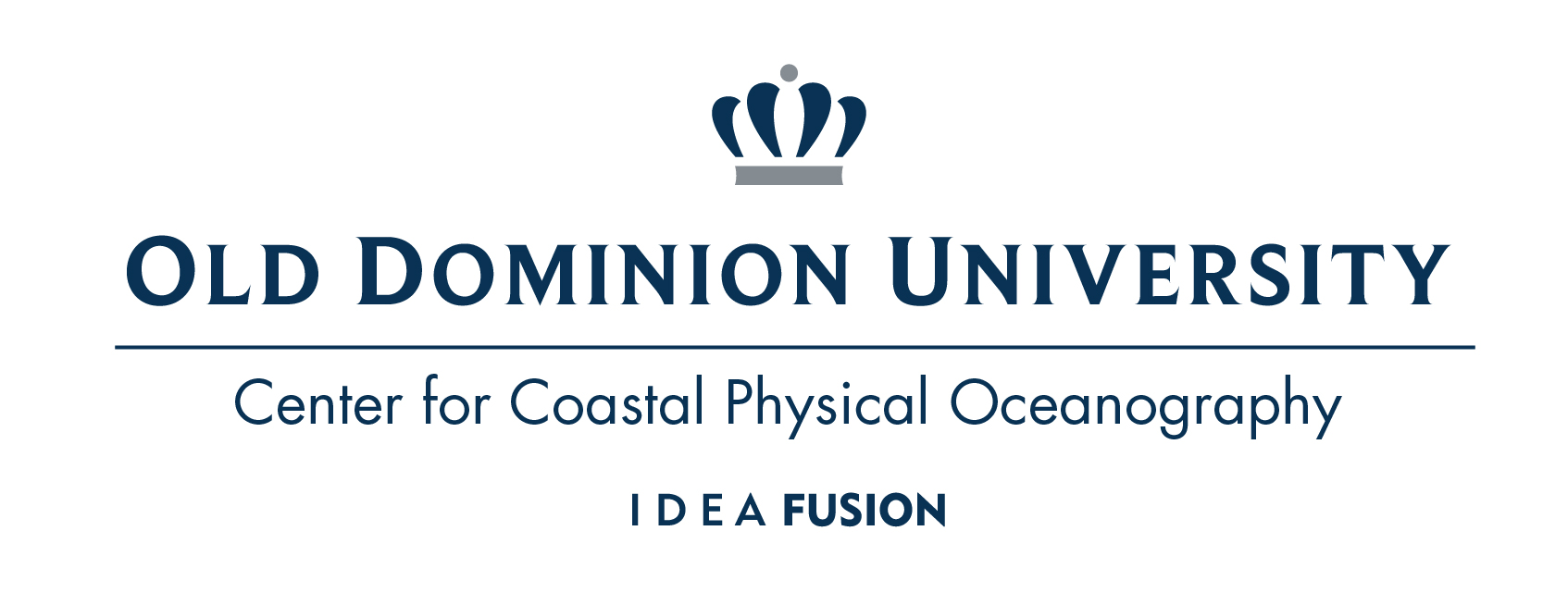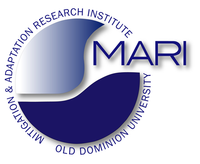

Shelf-break submarine canyons are common along many
continental shelf systems around the world. They are formed and
continue to be modified by a combination of geomorphological processes
over a range of temporal scales. Many canyons have been shown to be
highly biologically productive with rich biodiversity. The canyons also
play a significant role in facilitating shelf-basin exchange of water
masses, heat, salt, nutrients, and organic matter. In this talk, we
will explore the circulation and transport associated with a few large
submarine canyons in the Mid-Atlantic and the Arctic, including the
Hudson Canyon, Washington Canyon, and Barrow Canyon. Recent
observational studies using ships and gliders indicate that submarine
canyons can dominate shelf-basin exchange flow over normal shelf-break
regions, and in one case, it can serve as a key transport gateway
between ocean basins. We will focus on how different forcing factors
can affect canyon circulation/dynamics and identify topics for future investigations.
Dr. Gong received a Ph.D. in Oceanography from Rutgers University. He was a postdoctoral scholar at WHOI during which time he was a guest scientist on the Sea Education Association's WHOI/MIT Joint Program orientation cruise. He is now an Assistant Professor at the Virginia Institute of Marine Science. In addition to his research, Dr. Gong develops and participates in numerous marine science education and outreach programs that are designed to introduce K-12 students and the public to new research and ocean observing technologies.

|
CCPO Innovation Research Park Building I 4111 Monarch Way, 3rd Floor Old Dominion University Norfolk, VA 23508 757-683-4940 |

|